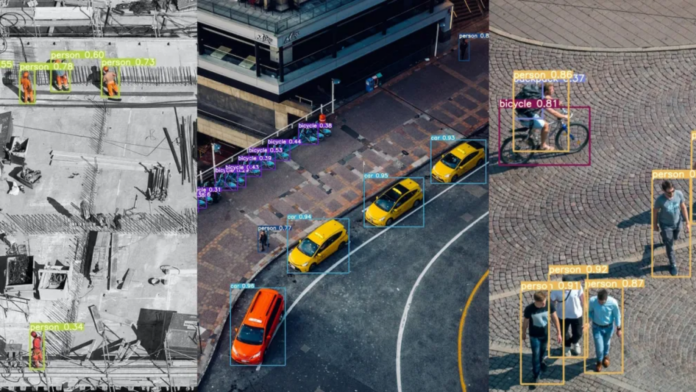In an era where computer vision is transforming industries, the challenge remains: how can companies create and fine-tune their AI visual models without the hassle? Enter Viso, with its innovative no-code solution. Having recently garnered a significant $9M investment, Viso aims to simplify the entire process.
Let’s break this down a bit. Say, for instance, a business wants to analyze how crowded a location, like a train station, is by identifying and assessing the posture of individuals (standing or sitting). There are established options available for such needs, but these might not align with specific requirements, security protocols, or perhaps they’re not cost-effective at a larger scale. Building a customized solution sounds ideal, but it demands technical know-how, time, and a considerable budget.
This is where Viso jumps in, offering a seamless platform for crafting enterprise-grade computer vision models without the typically associated burdens.
Gaudenz Boesch, co-CEO and co-founder of Viso, elaborated on the dilemma: “While many businesses initially opt for pre-existing computer vision systems, a stage arrives when they aspire for a more cohesive and customized approach. Especially when the technology holds strategic importance and the data is sensitive.” He pointed out the surge in companies recruiting AI engineers, indicating this shift.
However, unlike other enterprise needs, there’s a significant gap when it comes to specialized infrastructure for computer vision. Boesch commented on the challenge, noting the complex task of piecing together varied software and hardware solutions, which often demands proficiency in multiple areas – a costly endeavor.
The solution proposed by Viso resonates with those who’ve dipped their toes into no-code waters. It’s structured as a collection of modules, both ready-made and tailor-able, empowering users to pick, fine-tune, and launch computer vision models as per their requirements.
While some foundational understanding is necessary (like discerning the best object recognition model to employ), Viso’s platform ensures that a small team can handle extensive tasks. It consolidates processes which would typically sprawl across multiple tools and systems into one cohesive platform.
From initial data acquisition to compliance checks and hosting, Viso claims to cater to every step of the computer vision journey. To illustrate, if a company wanted to develop a system to gauge crowdedness, it could potentially initiate with raw video footage and, in a short span, emerge with a comprehensive solution, all through Viso’s integrated platform.
Though alternatives exist in the market, Boesch emphasized that none holistically address managing intricate computer vision applications at a scalable level, with continuous maintenance. Instead, many offer piecemeal solutions. Viso’s goal is to accommodate a broad range of models, hardware, and applications, all the while ensuring users have complete ownership of the end product.
The proof of the pudding is in the eating, as they say. And Viso’s promise has clearly impressed investors. The company recently secured $9.2 million in seed funding, spearheaded by Accel, with contributions from several angel investors. Notably, Viso, established in 2018 in Switzerland, has been self-funded till now.
This influx of capital stems from a surge in demand. Boesch highlighted the adoption of Viso’s platform by industry giants like Pricewaterhouse Cooper, DHL, and Orange, and mentioned an impressive 6x growth in new customer acquisition since 2022.
Conclusion
The trajectory of Viso illustrates the market’s appetite for more streamlined and accessible computer vision solutions. As industries continue to evolve and seek out tailored solutions, platforms like Viso are poised to lead the way.





